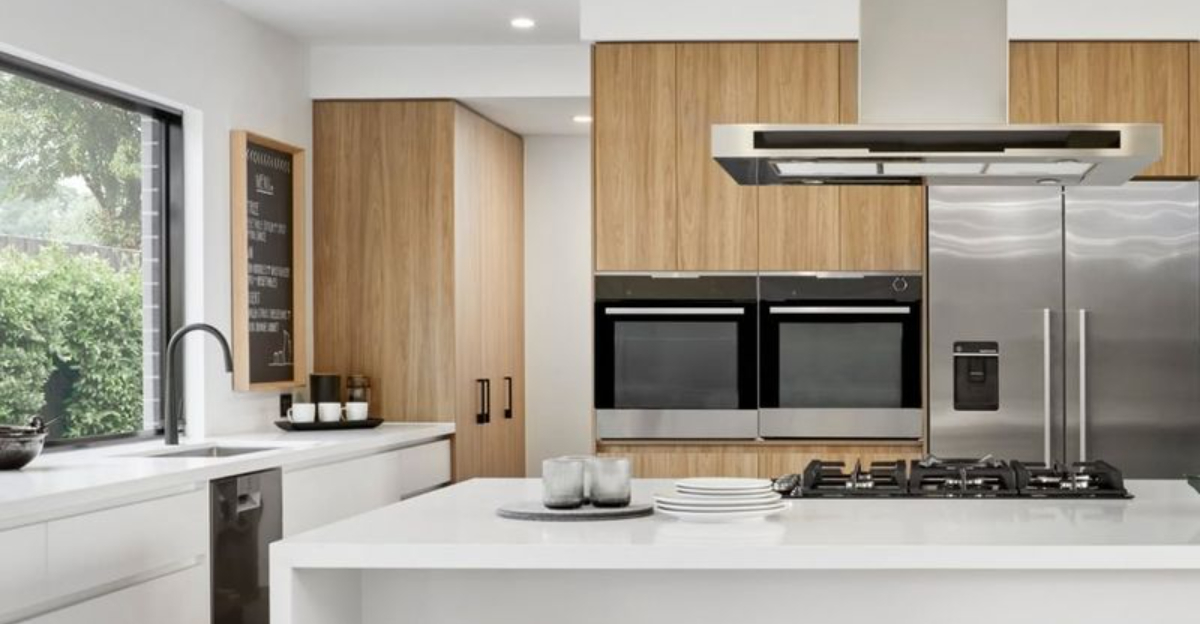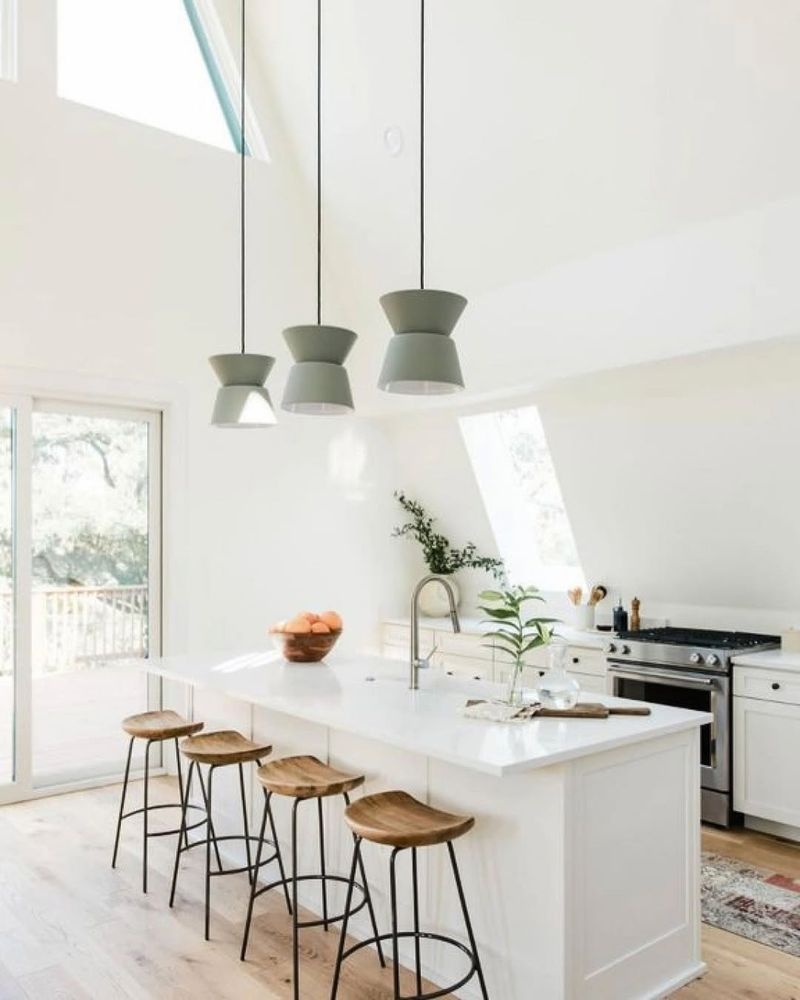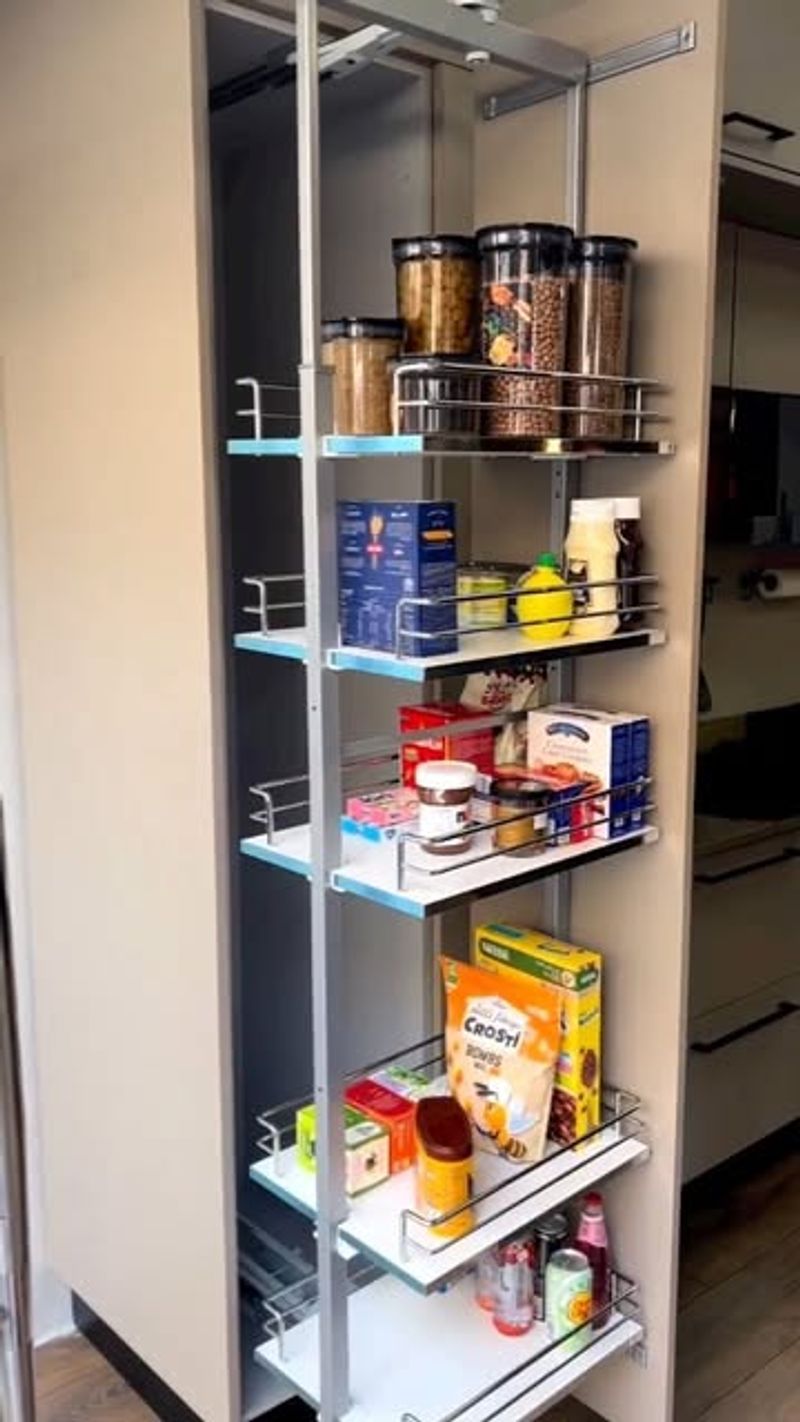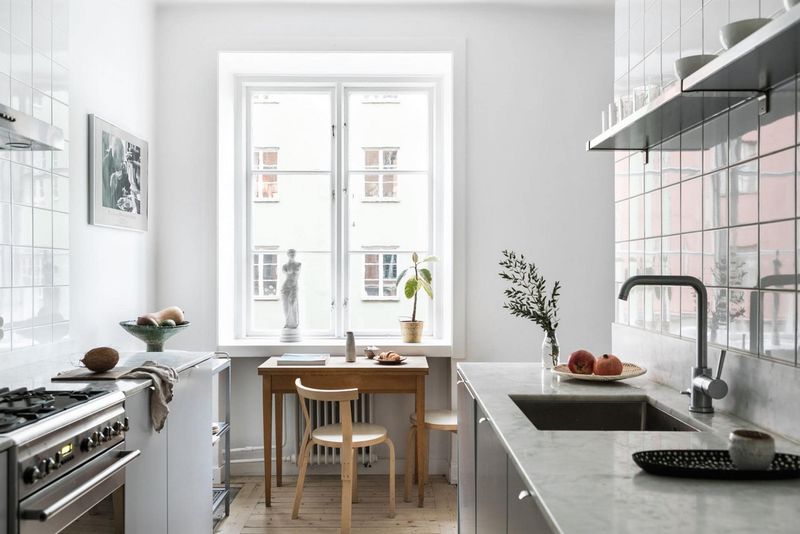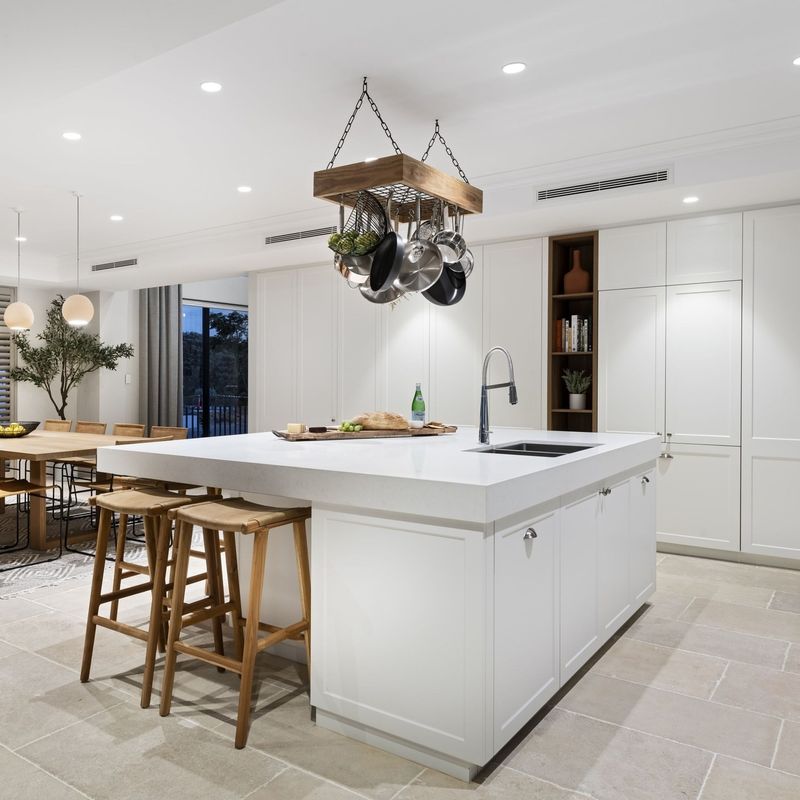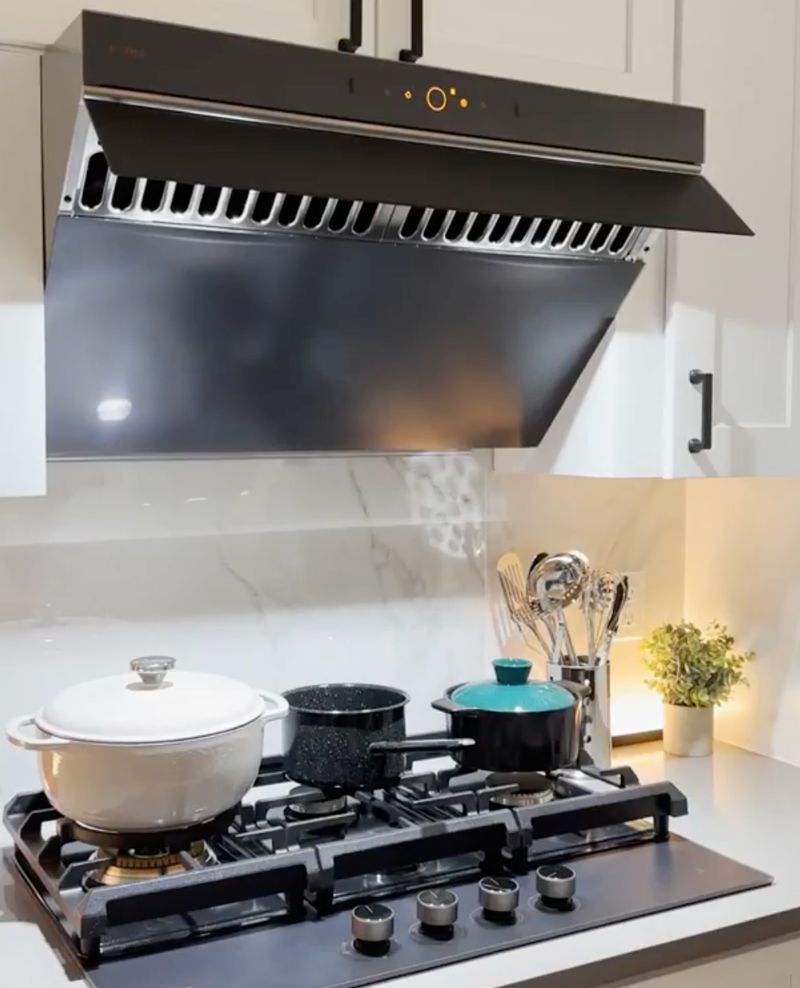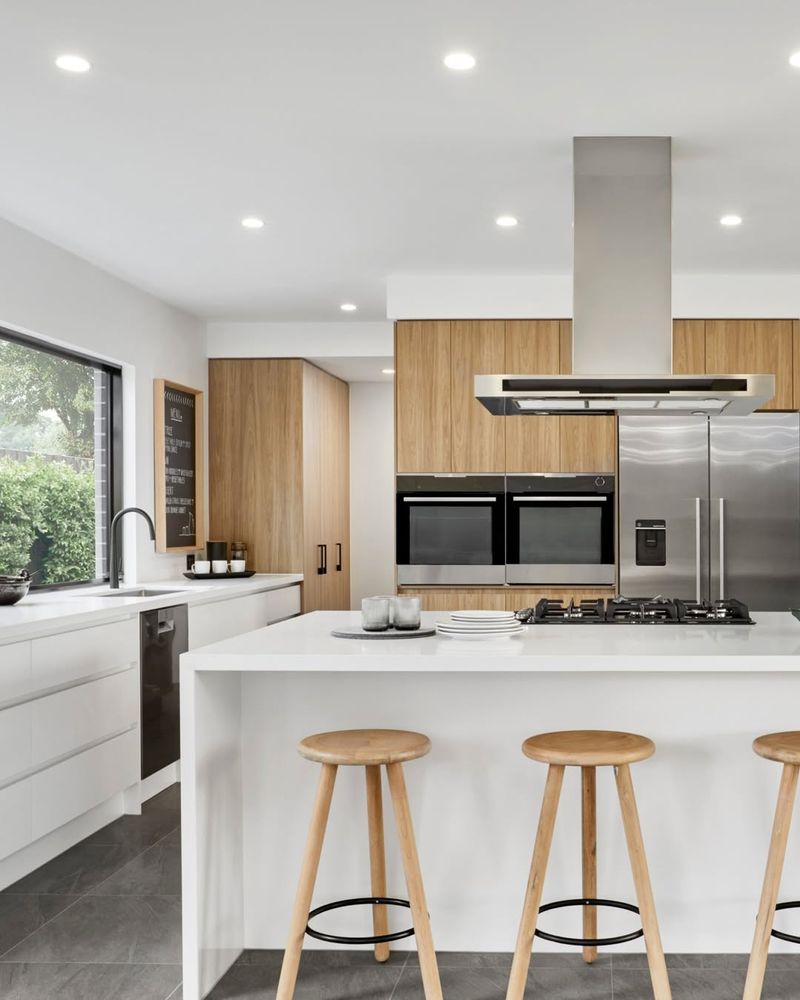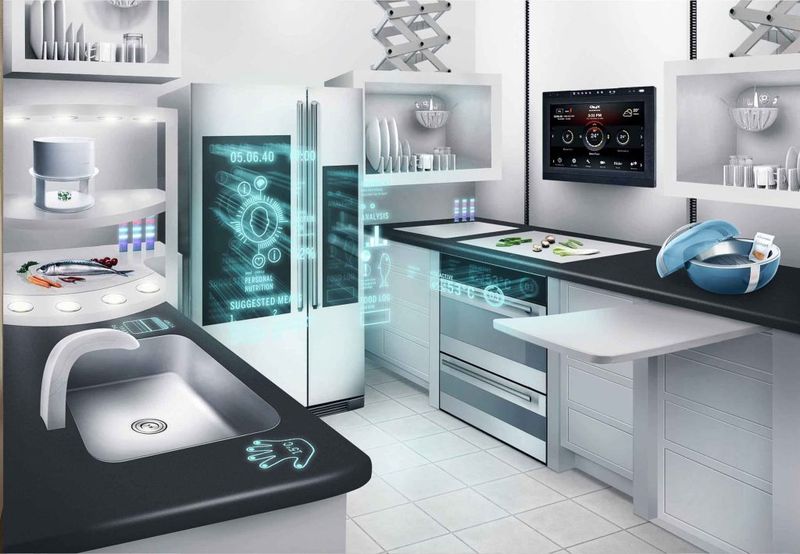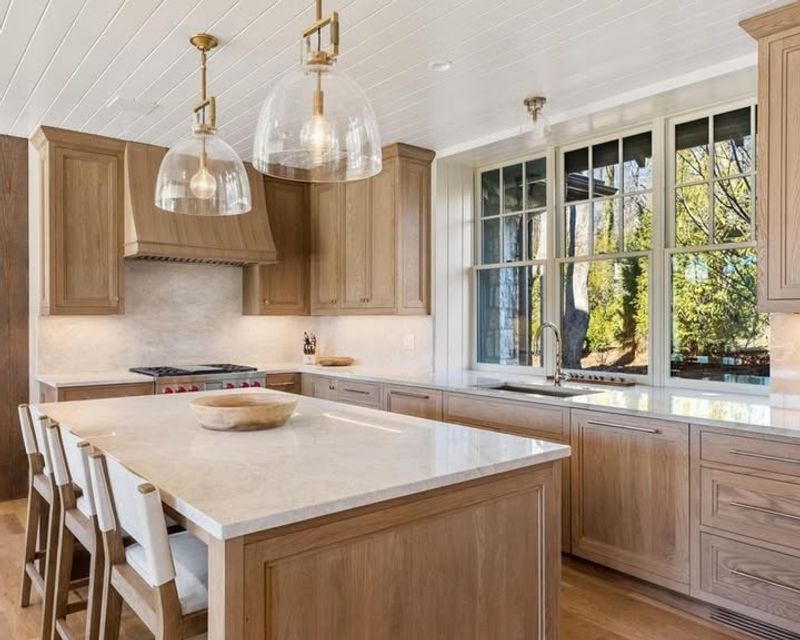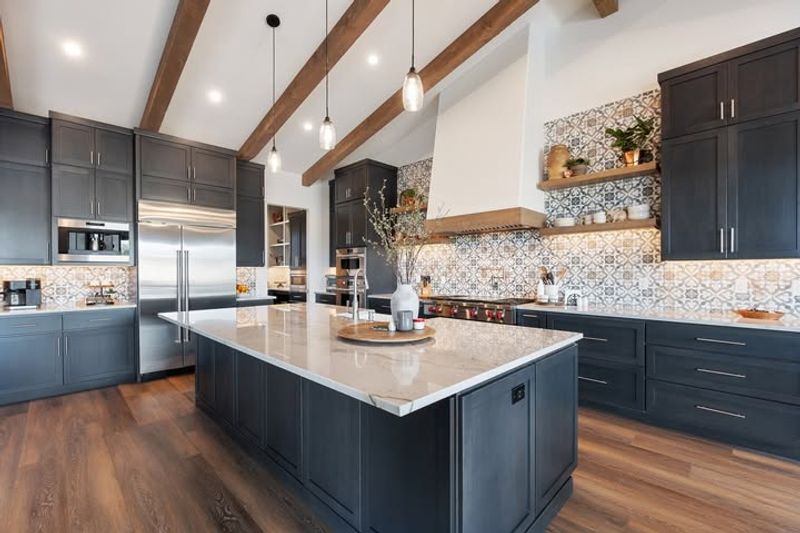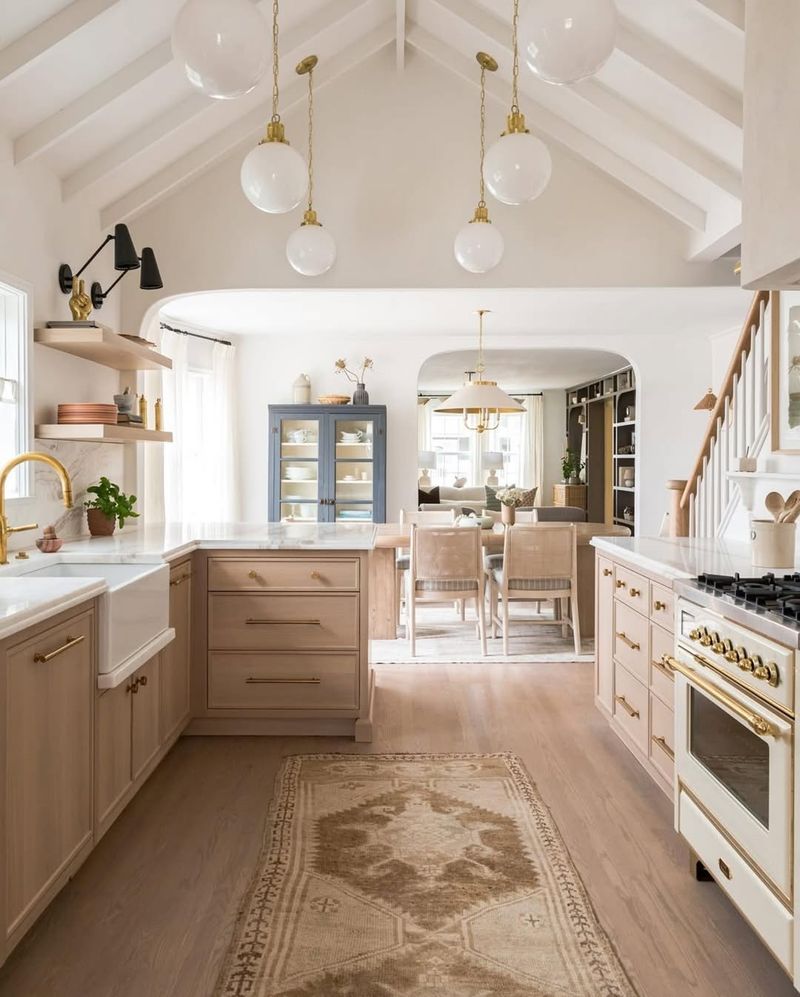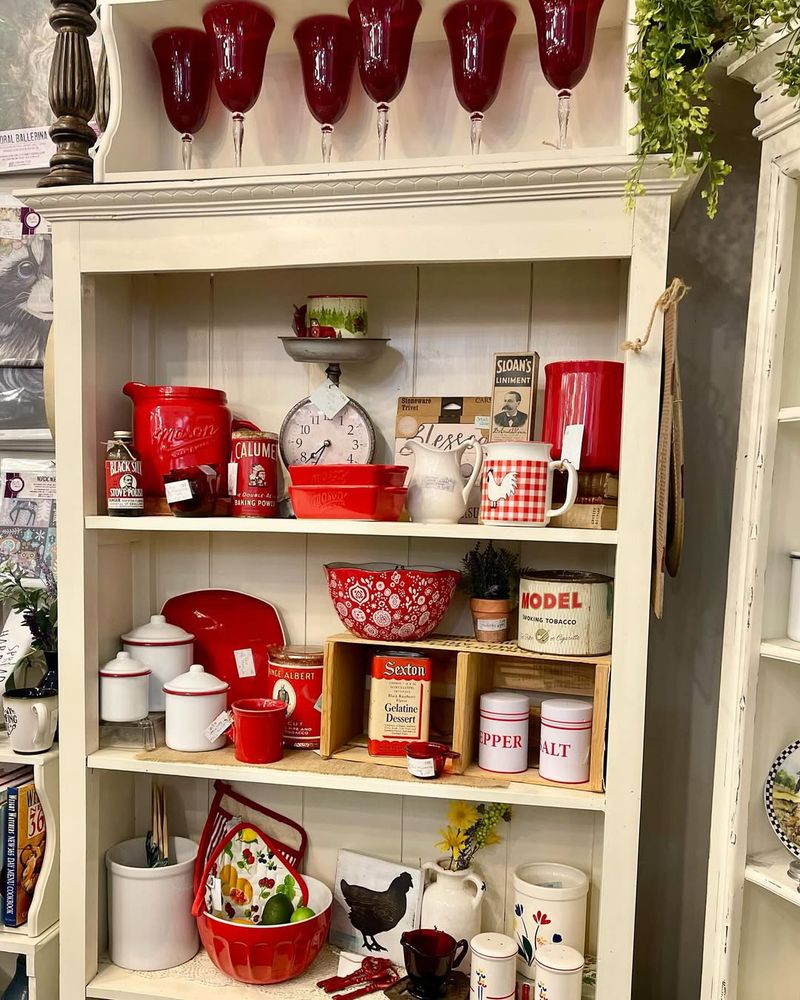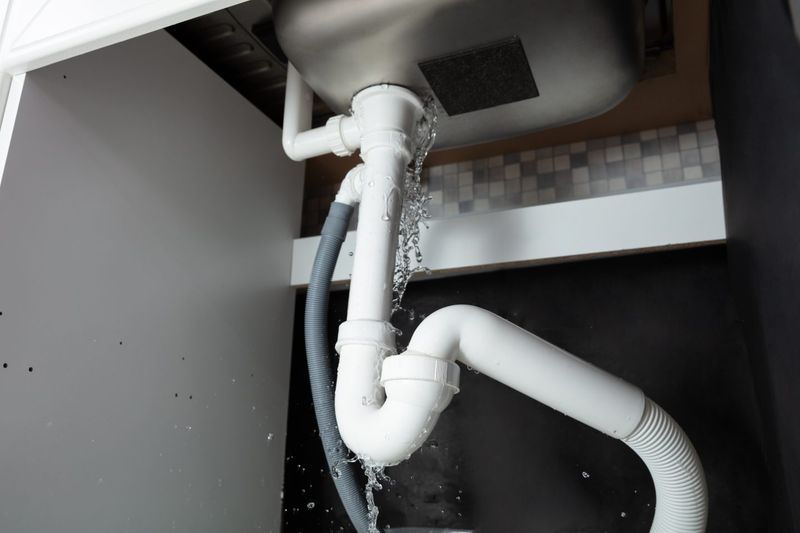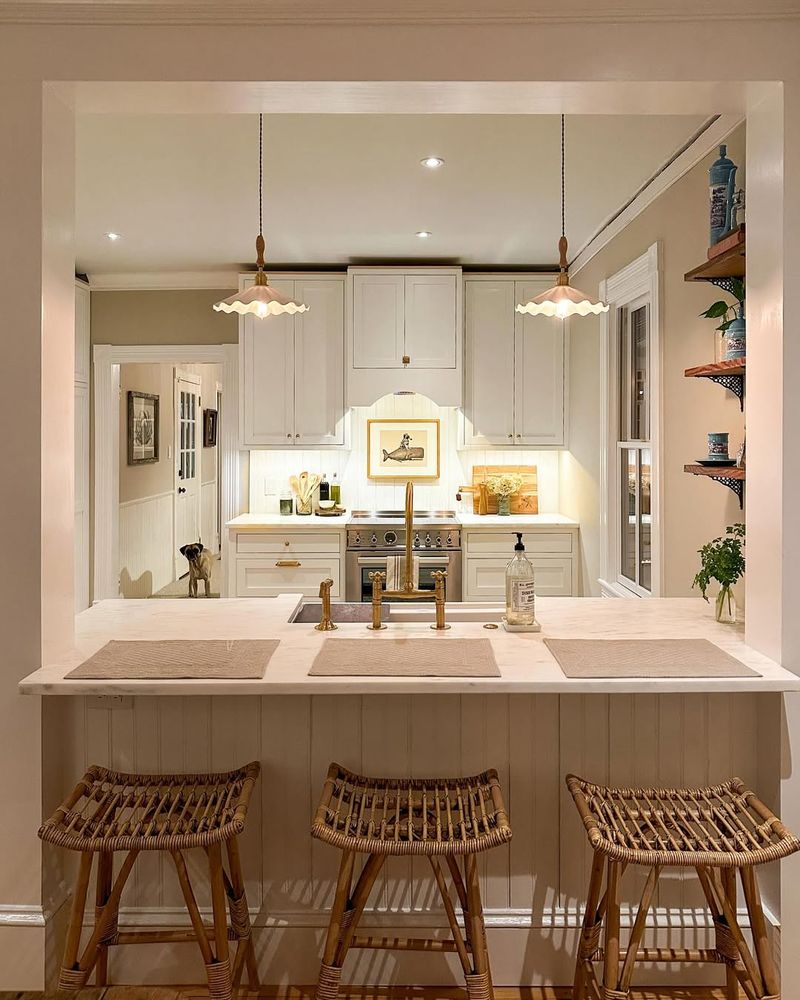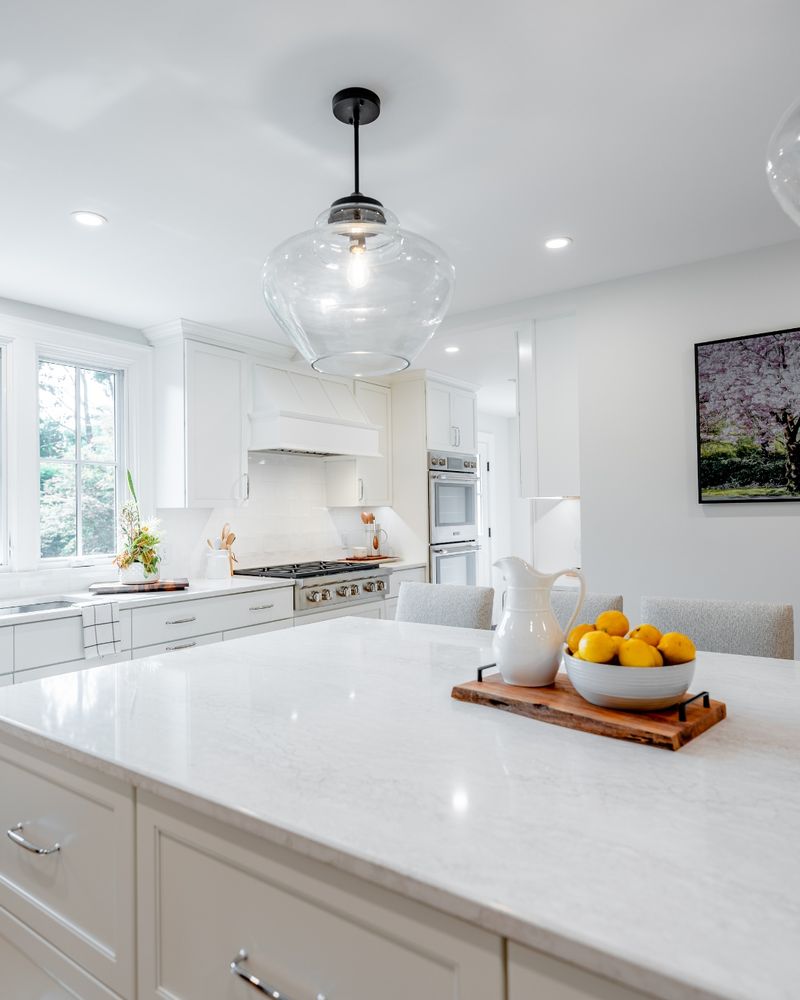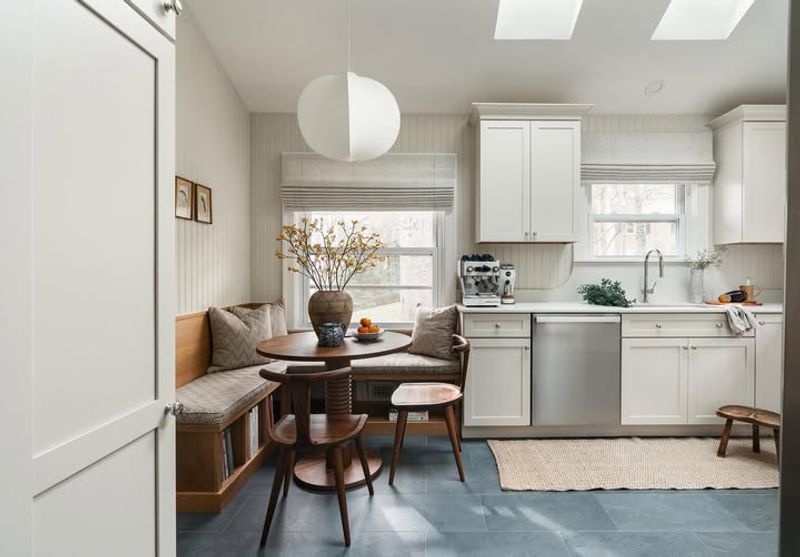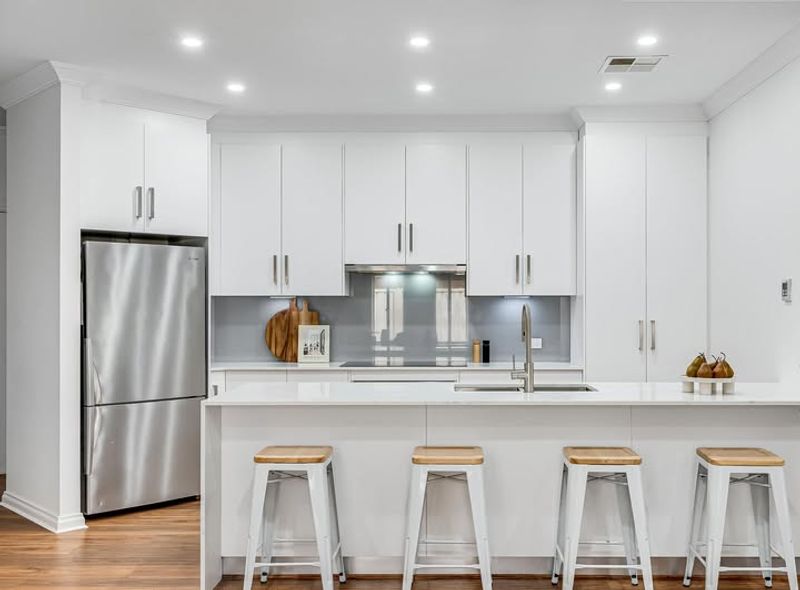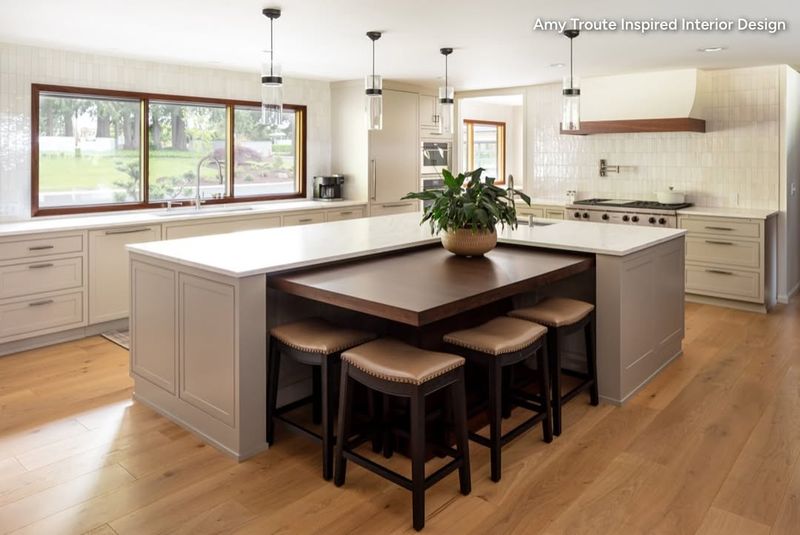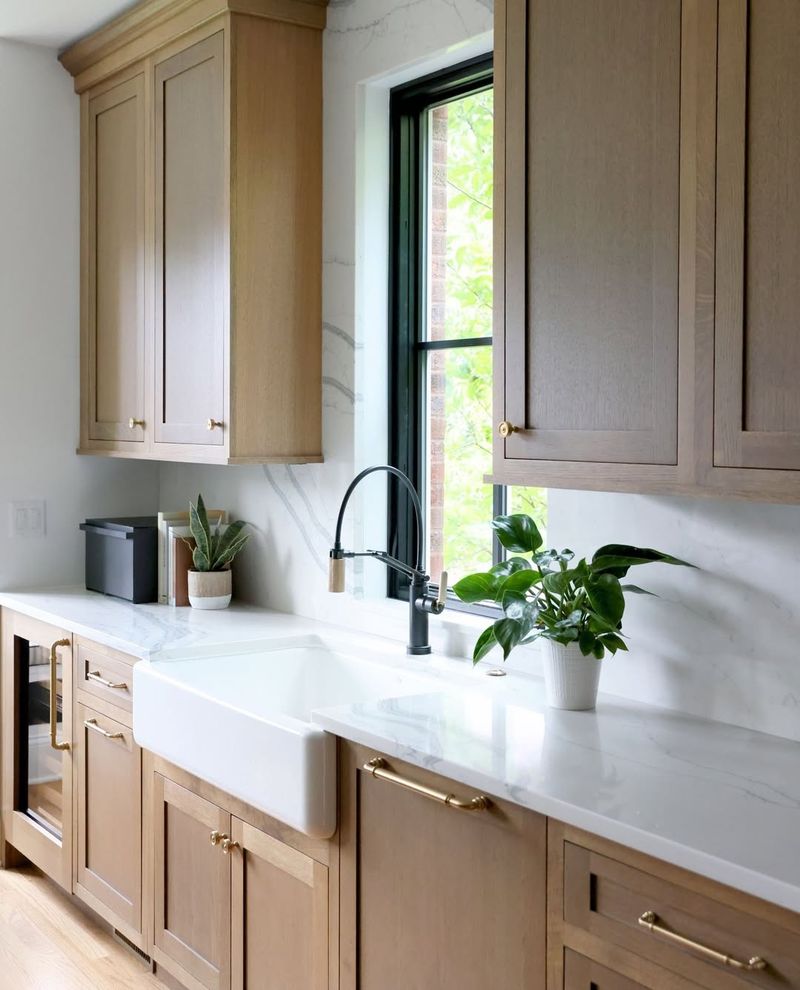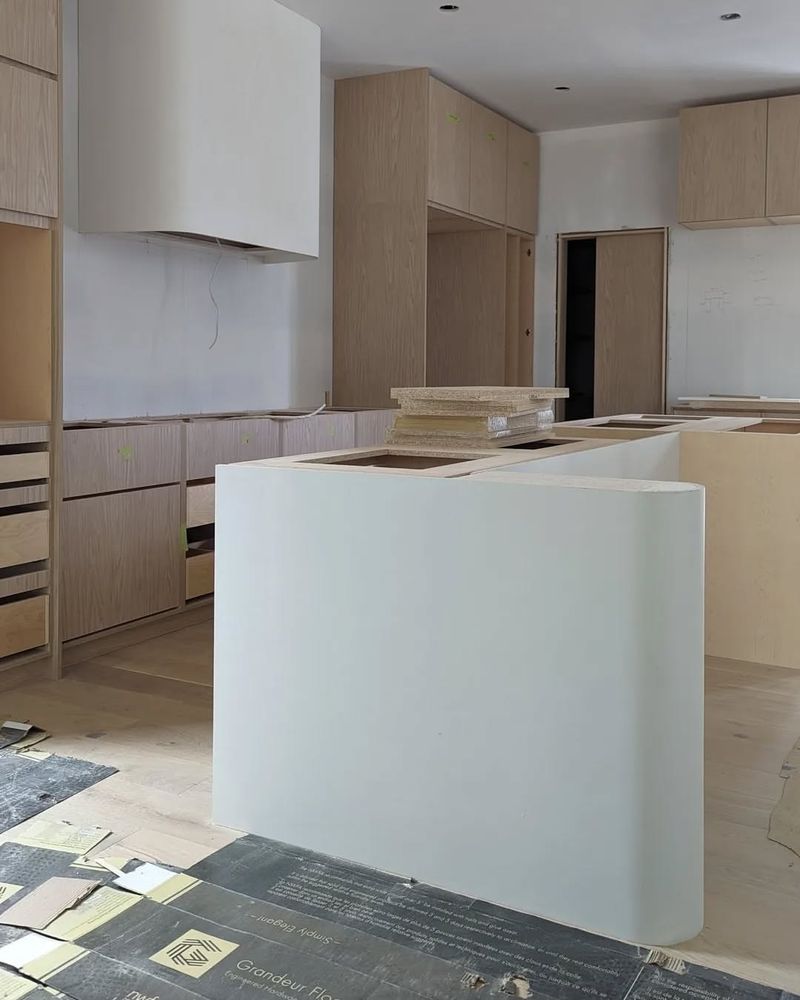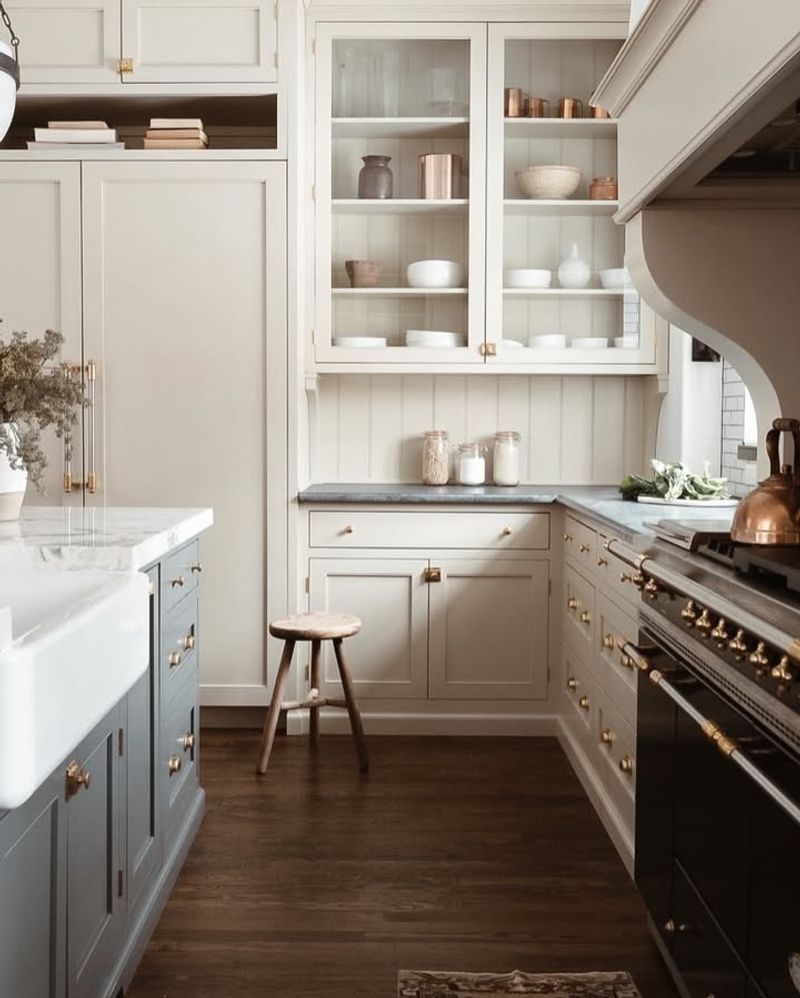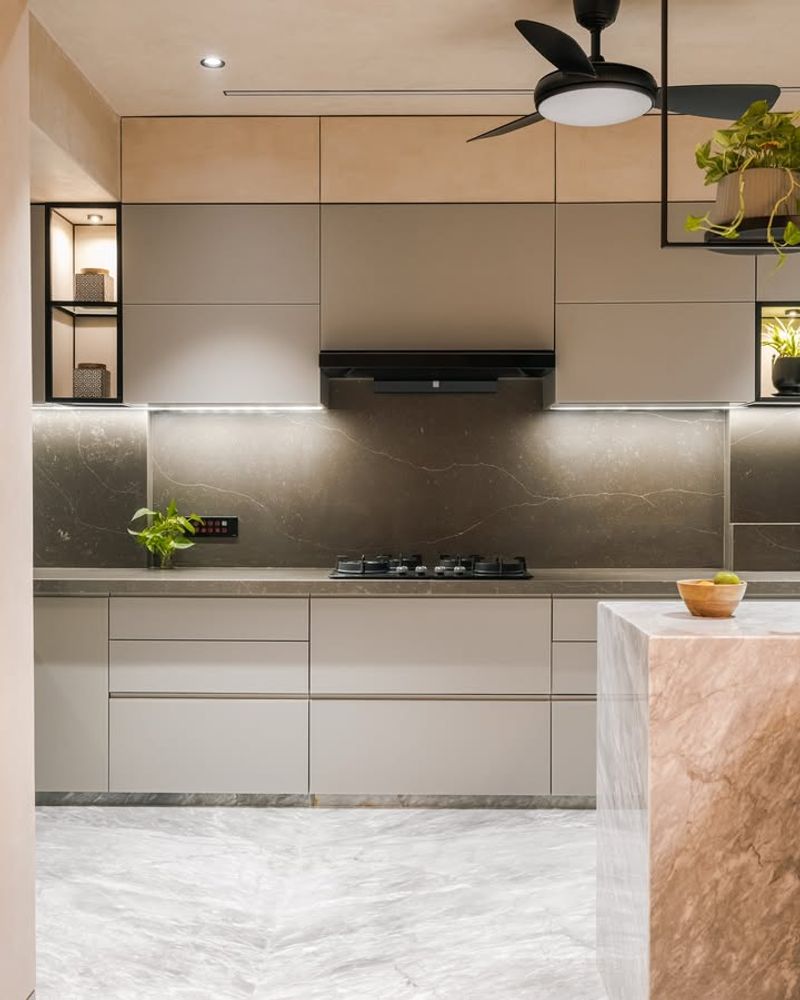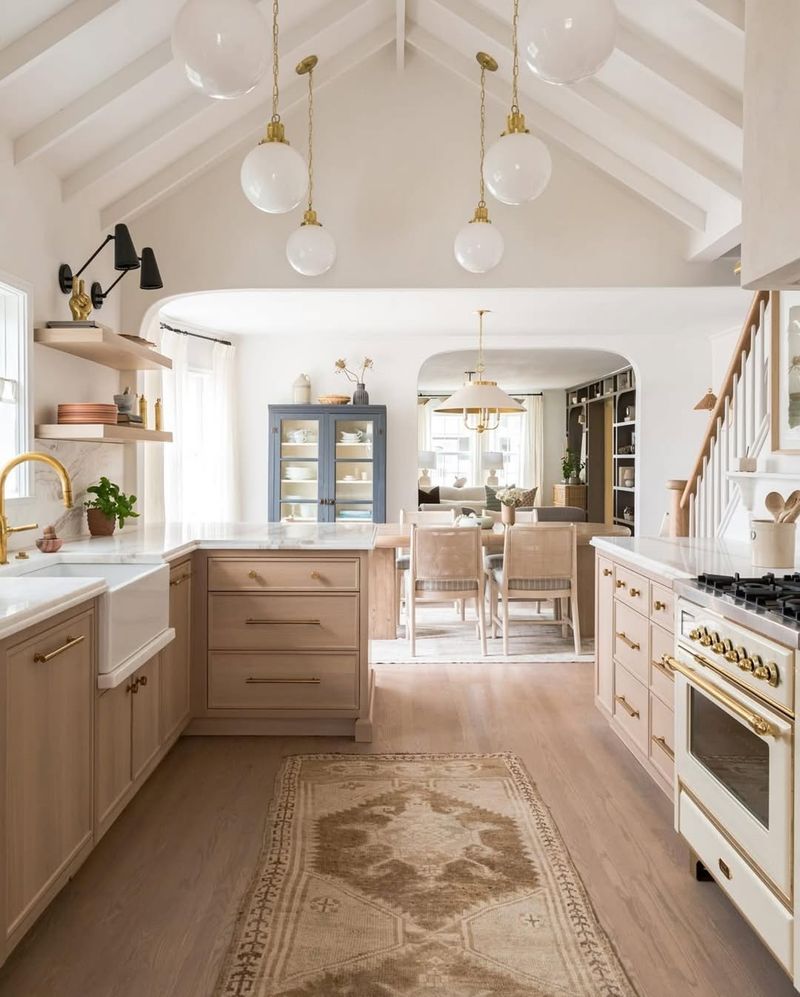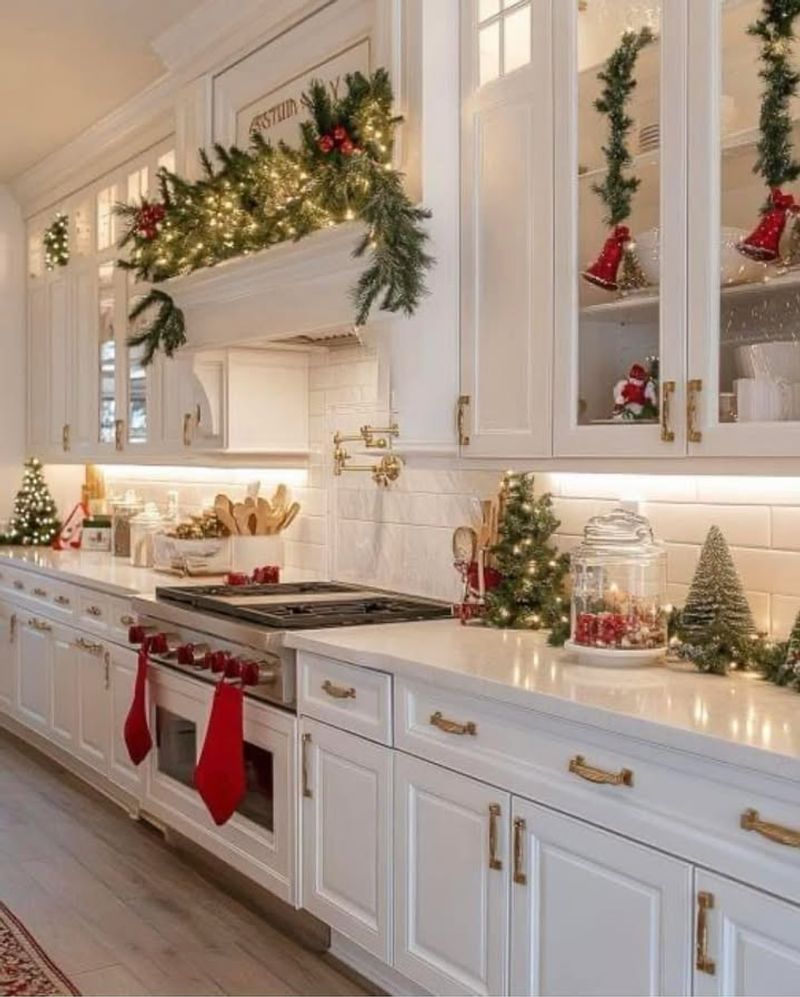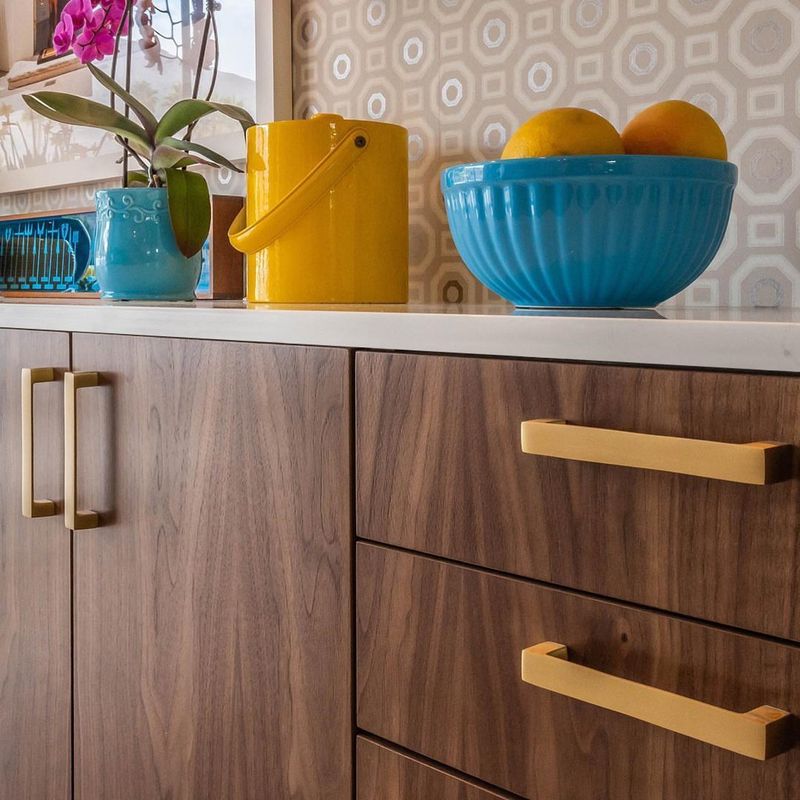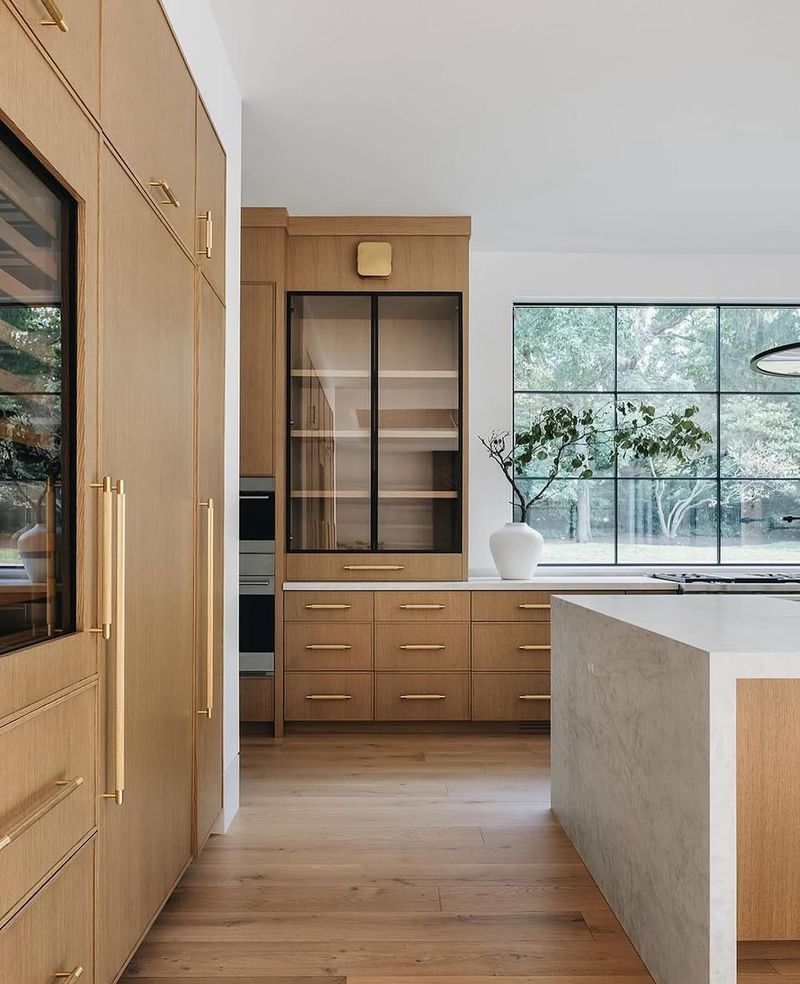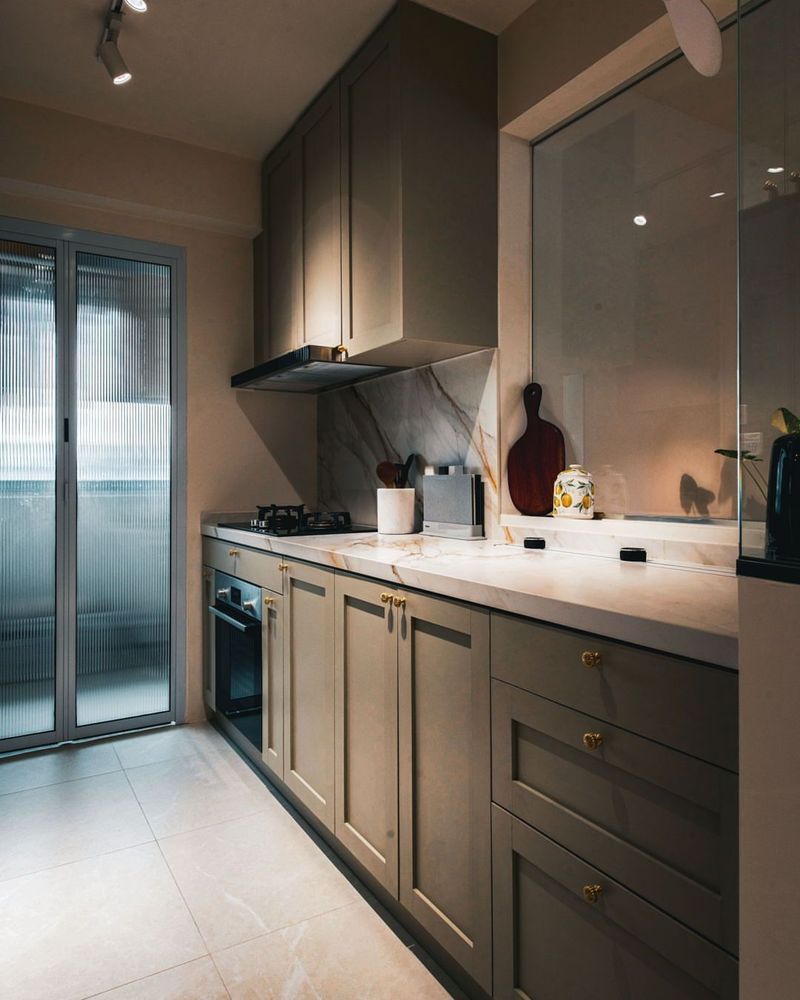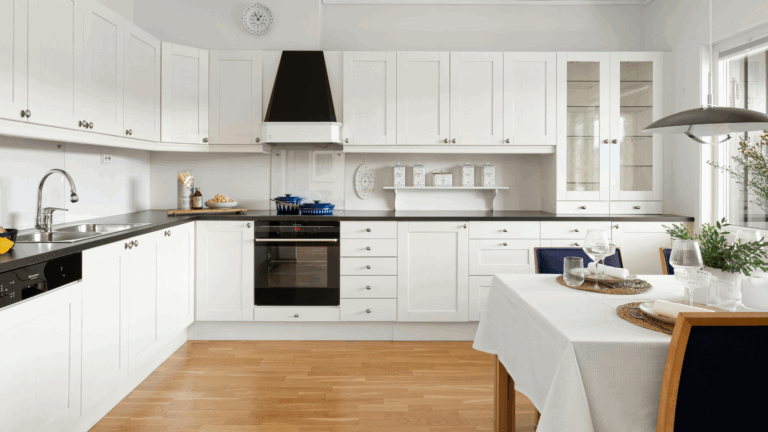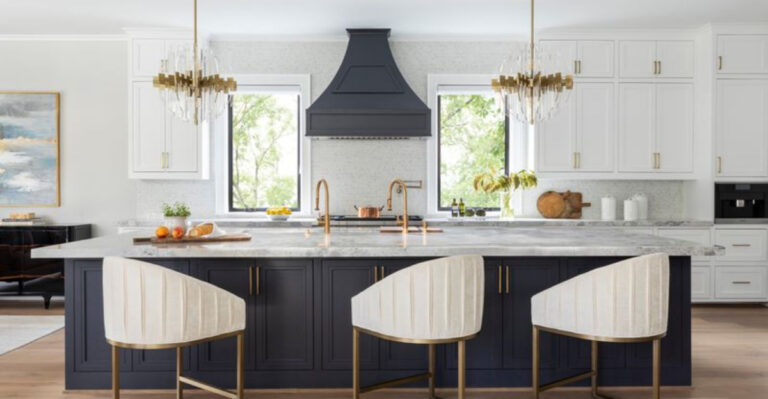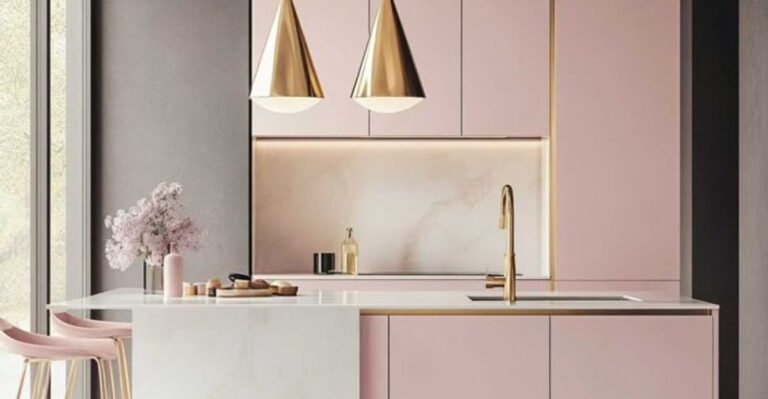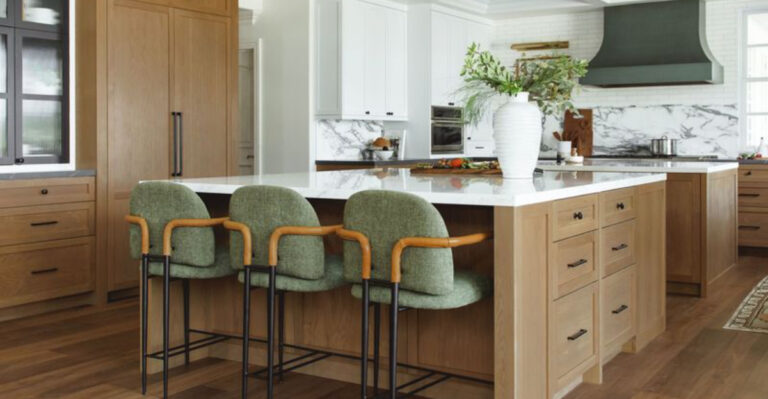Architects Who Have Designed Plenty Of Kitchen Extensions Share 30 Lessons They’ve Learned The Hard Way
Cooking up kitchen extensions is no small feat! Architects who’ve spent countless hours transforming cramped corners into culinary havens are here to share their hard-won wisdom.
Imagine a space that not only holds your pots and pans but also becomes the heart of your home, filled with laughter, aromas, and the clinking of glasses. These architects have faced the pitfalls, embraced the charms, and conquered the challenges.
Their stories are here to guide you through your own kitchen extension journey. So, grab a cup of coffee, settle in, and let’s explore these 30 invaluable lessons!
1. The Importance of Natural Light
Ever cooked in a cave? Neither have our architects! Natural light is like a dash of salt—it enhances everything. Imagine breakfast nooks bathed in morning rays or dinner parties with sunsets as your backdrop. Our experts insist on windows that invite the sun while respecting privacy.
The right light transforms not just the kitchen, but the mood of its users. They’ve learned to strategically place windows and skylights, turning gloomy shadows into vibrant spaces. Let the sun shine in, and watch your kitchen become a radiant centerpiece!
2. Maximizing Vertical Space
Think of vertical space as the unsung hero of kitchen design. Architects have mastered the art of looking up for solutions. Tall cabinets and overhead storage don’t just save floor space; they also keep countertops clutter-free.
Picture a kitchen where your grandmother’s china set rests on a high shelf, safe from daily wear. These experts have learned the beauty of utilizing every inch. With a little creativity, they’ve turned ceilings into storage allies, making the kitchen not just functional, but a model of efficiency.
3. Choosing the Right Materials
Material selection can make or break a kitchen extension. Architects have faced the perils of poor choices, from warped woods to stained countertops. Their experience teaches the value of durable materials that withstand the chaos of cooking.
Imagine surfaces that resist scratches, stains, and still look stunning. Whether it’s the timeless elegance of granite or the warmth of butcher block, the right materials fuse functionality with aesthetics. They’ve learned to balance budget with durability, ensuring the kitchen remains a joy to use over the years.
4. Open Concept Isn’t Always Best
Not every home sings to the tune of open concepts. Some architects have discovered the charm of defined spaces. While open layouts are trendy, they can lead to chaos without careful planning.
Experts have learned that sometimes walls are beneficial, offering intimacy and noise control. They advocate for thoughtful separation, ensuring each space retains its identity while contributing to a cohesive flow.
5. The Magic of an Island
Kitchen islands are the Swiss Army knives of the culinary world. Architects have uncovered their magic, where storage meets style and function finds form. Imagine a gathering spot for breakfast, prep, and even homework.
Experts know islands can be more than just a pretty centerpiece – they are practical marvels. With added storage, seating, and appliances, they’ve learned how these islands enhance workflow. They become the heart of the kitchen, inviting interaction and making every inch count.
6. Ventilation is Key
Imagine the lingering scent of last night’s fish stew greeting you in the morning. Effective ventilation is a lesson learned the hard way by many architects. It’s not just about removing odors; it’s about maintaining air quality.
What’s emphasized is the need for powerful yet quiet extraction systems that keep the kitchen fresh and comfortable. They’ve found solutions that blend seamlessly with design, ensuring that every breath you take is as clean as the last delicious meal you cooked.
7. Considering Future Needs
Kitchens should age like fine wine, not outgrow their usefulness. Architects have become adept at predicting future needs, crafting spaces that evolve with their occupants. Imagine a kitchen where today’s toddler chaos becomes tomorrow’s teen hangout.
By considering potential lifestyle changes, they’ve learned to design with foresight. This means flexible layouts, adaptable storage, and room for growth. They’ve turned kitchens into lasting investments, ready to meet the demands of every new chapter in your life.
8. Budget Wisely
Money may not grow on trees, but kitchen extensions certainly require a solid budget. Architects have learned to balance dreams with reality. Imagine a project that doesn’t break the bank yet fulfills your culinary fantasies. Our experts stress the importance of planning and prioritizing. They’ve witnessed the pitfalls of cutting corners and the rewards of investing in quality. By understanding cost implications, they help homeowners achieve beautiful, functional kitchens without financial headaches.
9. Incorporating Technology Smartly
Technology isn’t just for the tech-savvy; it’s for every modern kitchen. Architects have embraced smart design, where convenience meets innovation. Picture a kitchen where your voice controls lights, ovens, and fridges.
They’ve learned the art of incorporating technology seamlessly, enhancing both efficiency and wow-factor. But beware – too much tech can lead to overload! These experts balance digital delights with the timeless charm of a warm, welcoming kitchen. It’s about smart choices, not just smart devices.
10. Selecting the Perfect Palette
Color is the spice of life – or your kitchen! Architects have learned that selecting the right palette isn’t just about aesthetics; it’s about mood. A kitchen would surely radiate warmth with earthy tones or energize with bright, vibrant hues, right?
It’s discovered that colors influence how the space feels, from calm blues to fiery reds. The right palette transforms the kitchen into a canvas of comfort and creativity.
11. The Role of Acoustics
Echoes of clattering pots and pans are not music to anyone’s ears. That’s why architects have tuned into the role of acoustics in the kitchen. They have learned that surfaces like soft flooring and acoustic panels can make a world of difference.
Turning noise control into an art form, they have ensured the kitchen remains a hub of harmony. By taming the soundscape, they’ve created kitchens as serene as they are functional.
12. Mind the Workflow
Ever tried cooking in a kitchen where everything is a waltz away? You could say that architects have become choreographers, mastering the dance of kitchen workflow. Try to think of a layout where the fridge, sink, and stove form a perfect triangle.
They’ve learned that a well-thought-out arrangement saves time and steps. By understanding movement patterns, they’ve optimized the space for both efficiency and joy. Their designs ensure that whether you’re baking a cake or making a sandwich, everything is right where it should be!
13. Customizing for Personality
Kitchens should mirror the personality of their owners. Imagine a backsplash with your favorite color or a breakfast nook for your morning ritual.
From custom cabinetry to quirky fixtures, these designs reflect individuality. It’s about crafting a space that feels like home, where every corner tells a story, and every element is a reflection of you.
14. Addressing Plumbing Challenges
Water, water everywhere, and not a drop to waste! Architects have faced plumbing challenges head-on, learning the intricacies of effective water management.
They’ve become adept at integrating plumbing with design, ensuring efficiency and aesthetics go hand in hand. From choosing the right fixtures to planning efficient layouts, they’ve turned potential plumbing pitfalls into seamless solutions.
15. Lighting Beyond the Basics
Who knew lighting could be like a fine art? Beyond basic illumination lies a world of mood-enhancing possibilities. Imagine adjustable lights for every occasion, from a romantic dinner to a bustling family breakfast.
Experts have learned to layer lighting, using a mix of ambient, task, and accent lights. They’ve transformed kitchens into adaptable spaces, where lighting shifts with your needs and desires.
16. The Art of Compromise
Compromise can be an art, especially in kitchen design. To be an architect, you should be a skilled mediator, balancing dreams with reality. Think of a scenario where a luxurious marble countertop meets a budget-friendly alternative, satisfying both aesthetics and finances.
They’ve learned that flexibility is key, finding innovative ways to incorporate must-haves without sacrificing essentials. It’s about creating a kitchen that delights without disappointment, where every decision is a blend of practicality and desire.
17. Space for Socializing
Kitchens are social hubs, not just cooking stations. Architects have embraced the need for spaces where friends and family gather. We have all dreamt of a kitchen with cozy seating nooks, inviting conversation over coffee or cocktails at least once, am I right?
They’ve learned to design layouts that foster interaction, turning kitchens into vibrant centers of social life. It’s about creating an atmosphere where memories are made, laughter echoes, and every meal becomes a shared experience.
18. Sustainability Matters
Green isn’t just a color – it’s a commitment. Architects have championed sustainability in kitchen design, crafting spaces that respect the planet. This includes countertops made from recycled materials or energy-efficient appliances that reduce your carbon footprint.
They’ve learned to prioritize eco-friendly choices, ensuring kitchens are as kind to the environment as they are to their owners. By embracing sustainable practices, they’ve created kitchens that are not only beautiful but also responsible, paving the way for a greener future.
19. Flexibility in Design
Change is the only constant, even in kitchen design. Mastering the art of flexibility, architects craft spaces that adapt to life’s shifts. What do you say on a kitchen with movable islands or adjustable shelving, ready to transform as your needs evolve?
They’ve learned to incorporate elements that allow for easy reconfiguration, ensuring the kitchen remains functional and relevant.
20. Balancing Old and New
Old-world charm meets modern flair in the kitchen. In order to balance modern advances with vintage elements, architects have mastered the delicate ballet of style blending. Imagine a farmhouse sink paired with sleek, minimalist cabinetry.
They’ve become adept at creating spaces that honor tradition while embracing the present. Balance is key!
21. Safety First
Because kitchens are busy places, safety must be taken seriously. Safety elements have been given top priority by architects, guaranteeing piece of mind.
They’ve mastered the art of incorporating safety without compromising flair, designing areas that offer protection without seeming condescending. It’s important to create a kitchen that is a safe haven for everyone, from young children to elderly people.
22. The Balance of Function and Aesthetics
A dish without spice is similar to function without beauty. Architects have mastered striking a balance between functionality and style.
Think about a kitchen where each component is both functional and aesthetically pleasing. They now understand that true design greatness is found in this balance, where beauty is enhanced by usefulness and vice versa.
23. Embracing Minimalism
In kitchen design, simplicity often speaks volumes. In order to create areas that exude openness, architects have resorted to simplicity. Picture a kitchen defined by sleek, uncluttered surfaces, each tool and appliance thoughtfully organized.
By embracing minimalism, they’ve discovered that practicality and aesthetics thrive together, creating an atmosphere that’s peaceful and refined. Eliminating excess reveals a kitchen that’s both graceful and purposeful, highlighting the understated allure that comes from careful restraint.
24. Understanding Local Codes
Although they may not be interesting, rules and regulations are necessary. Because they are knowledgeable about local codes, architects can make sure kitchen designs adhere to all applicable laws.
Imagine a kitchen where every component complies with safety regulations and is also aesthetically pleasing. Designing a kitchen that is both legitimate and beautiful requires expertise and foresight.
25. Emphasizing Eco-Friendly Appliances
Saving the planet, one appliance at a time! Championing eco-friendly appliances, architects turn kitchens into models of sustainability. Examples of some are energy-efficient fridges and dishwashers that reduce both bills and carbon footprints.
Prioritizing green choices, they ensure that kitchens are kind to the earth without compromising on performance.
26. Considering Seasonal Changes
Winter, spring, summer, or fall, architects have learned to design kitchens that embrace every season. Imagine a space where sunlight floods in during winter and shades cool the summer heat.
They’ve become adept at incorporating features that adapt to climate changes, ensuring comfort year-round. It’s about crafting a kitchen that feels as cozy in December as it does in July, where every season brings a fresh perspective to your culinary haven.
27. Don’t Overlook Small Details
When designing kitchens, small touches can speak louder than grand gestures. Today’s architects understand that small decisions can have a big impact. Envision a kitchen where the subtle curve of drawer pulls or the intricate lines of backsplash tiles draw the eye.
By giving meticulous attention to every corner, architects craft kitchens that feel harmonious, intentional, and irresistibly appealing.
28. Balancing Trends with Timelessness
Trendy today, timeless tomorrow. Architects have mastered the art of balancing current styles with lasting appeal. Something to strive for is a kitchen that feels contemporary without being dated in a decade.
They’ve learned to incorporate trends in subtle ways, ensuring the design remains fresh yet enduring.
29. Creating a Cooking Sanctuary
The kitchen is more than a place to cook – it’s a sanctuary. Embracing this philosophy, architects craft spaces that soothe and inspire.
Imagine a kitchen where the hustle of the day melts away, and the joy of cooking takes center stage. It’s about creating a haven where the love of food and the art of living come together in perfect harmony.
30. Encouraging Family Involvement
Cooking can be the heart of family bonding, and kitchen architects now craft spaces to nurture these connections. They’ve become skilled at building layouts that naturally draw family members into the cooking process, turning meal preparation into a collaborative experience.
Picture a kitchen thoughtfully arranged to welcome everyone, encouraging conversation, teamwork, and laughter. The goal is to shape an environment where culinary tasks become cherished moments, transforming everyday cooking into treasured family traditions filled with warmth and unity.

